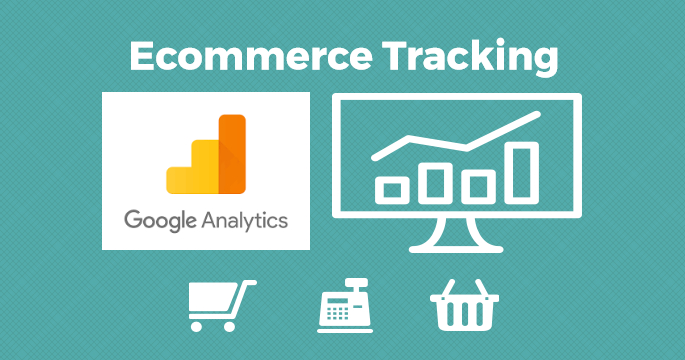Most Common Mistakes When Setting Up Ecommerce Tracking

Ecommerce tracking is probably one of the best features within Google Analytics. However, it’s also probably one of the easiest to set up incorrectly – largely due to its complexity, and development requirements.
So, what are some of these common errors?
Referral Exclusion List
You’ve set your Ecommerce tracking up, revenue is flowing through, all looks hunky dory, right? However, after a few days you noticed that all your revenue is being attributed to the “referral” channel. Without digging into this, you could begin to assume that your referral channel is your most valuable channel.
You’ve investigated a little bit and found that all your revenue is being attributed to sources like PayPal, ClickSafe and similar payment processors. This is, simply, due to not setting up the referral exclusion list properly, and thus Google Analytics is attributing all your conversions to your 3rd party payment handler as users pass through while converting.
In an Ecommerce set up, the referral exclusion list is used to tell Google Analytics that if it should receive a conversion through these channels, it should attribute it to the channel/source prior to that referral.
Double Transactions
Ecommerce is all set up, you’ve fixed your referral issue, and now suddenly, your Google Analytics Ecommerce data doesn’t quite reconcile with your actual accounts – in fact – Ecommerce is reporting more revenue than your actual accounts.
Double transaction submission is, normally, the root cause of this. It happens because the transaction beacon is sent after the payment has been authorised and the user redirected back to a success page on the website.
Users, unpredictable as they can be, may accidentally refresh this page and thus cause another transaction beacon to be sent to Google Analytics.
So, how can this be identified? Looking through your transaction IDs over the issue period, you may start to notice more than one transaction ID with the same ID – indicative of a double transaction issue.
And how can this be fixed? Ideally, updating your code so that the beacon is only fired once – regardless of how many times that troublesome user refreshes the page!
These are just 2 of the most common mistakes when setting up Ecommerce tracking through Google Analytics, and if you think that your Ecommerce implementation needs auditing – please do get in touch.
If you would like to know more about our Retail Ecommerce solutions, contact us today!